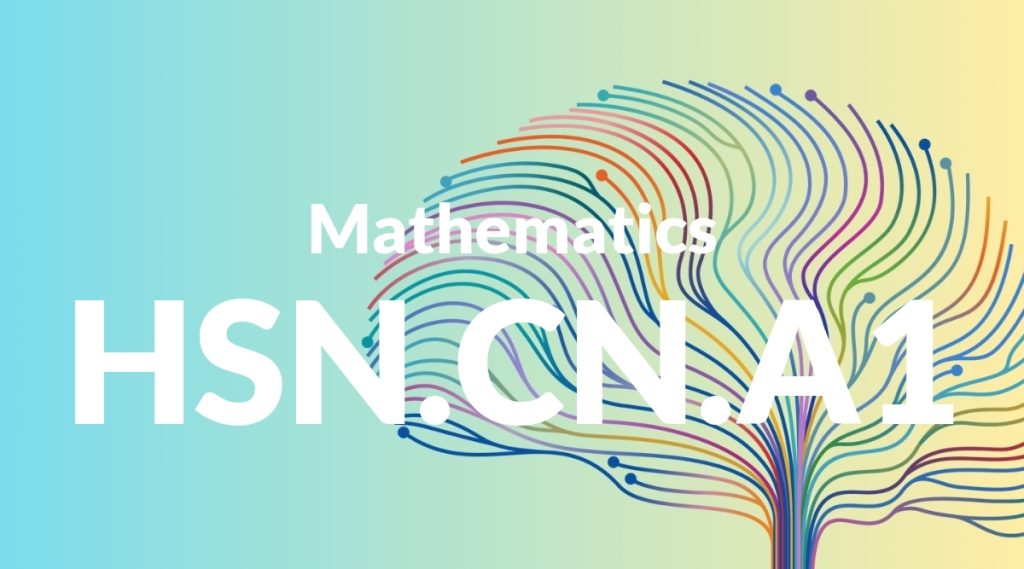Standard: HSN.CN.A1 – Know there is a complex number i such that i² = -1, and every complex number has the form a + bi with a and b real.
Grade level: High School: Number and Quantity
Subject: Mathematics
Domain: The Complex Number System
Teacher Overview
This standard introduces students to the concept of complex numbers, which are essential in advanced mathematics and many scientific fields. Understanding complex numbers allows students to solve equations that do not have real solutions and to explore applications in engineering, physics, and computer science. Students should be comfortable with real numbers, basic algebra, and the concept of imaginary numbers before tackling this standard.
After mastering this standard, students will be able to perform arithmetic operations with complex numbers, solve quadratic equations with complex solutions, and apply complex numbers in various fields such as engineering and physics.
Common Misconception 1
A common misconception is that the imaginary unit i is a variable rather than a specific number. This is incorrect because i is defined as the square root of -1, a constant value.
Intervention 1
To address this misconception, use visual aids and concrete examples to show that i is a constant with a specific value, not a variable.
Common Misconception 2
Another misconception is that complex numbers cannot be used in real-world applications. This is incorrect because complex numbers are widely used in fields such as electrical engineering, quantum physics, and signal processing.
Intervention 2
To remediate this, provide real-world examples and applications where complex numbers are essential, helping students see their practical importance.
Prerequisite Knowledge
Students should have a solid understanding of real numbers, basic algebraic operations, and the concept of imaginary numbers.
Subsequent Knowledge
After mastering this standard, students will be able to perform arithmetic operations with complex numbers, solve quadratic equations with complex solutions, and apply complex numbers in various fields such as engineering and physics.
Instructional Activities
- Introduce the concept of complex numbers using visual aids.
- Use graphing software to plot complex numbers on the complex plane.
- Solve quadratic equations with complex solutions.
- Explore real-world applications of complex numbers in engineering and physics.
- Conduct a project on the use of complex numbers in computer graphics.




